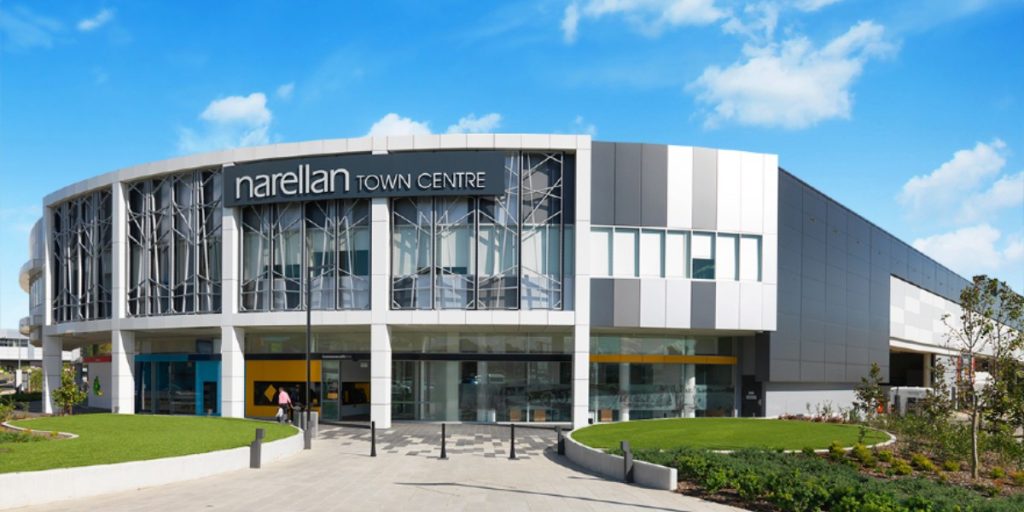Bondor Metecno’s Insulated Sandwich Panels maximise the energy efficiency of commercial and residential buildings
For many years, Insulated Sandwich Panels (ISPs) were used solely in freezers and cold rooms. Their high thermal performance and ease of installation made them particularly suitable for this purpose.
It’s these benefits that also led engineers to consider a wider applicability for ISPs, extending well beyond refrigerated applications.
“As improved energy efficiency and construction productivity have become sought after deliverables driven by soaring costs of electricity and labour, ISPs are now widely used in roof and wall applications across all manner of building types,” says Duro Curlija, General Manager of Metecno PIR, a Bondor Metecno group company.
With their high energy efficiency scores that reach an R-value of up to 9.0, ISPs play a critical role in helping companies to meet their sustainability targets, with thermal performance that is generally not achievable with traditional bulk insulation materials of the same thickness.
“Their increased thermal performance greatly reduces the amount of energy required for artificial heating and cooling, making them a vital component in a truly green building,” says Curlija.
“As a continuous form of insulation there is no requirement for thermal breaks to offset energy loss through traditional framing. Also, the nature of ISPs means the insulation core can never be disturbed or removed at any time of the building. Moreover, these insulating materials will not settle, clump or collapse. This can occur in traditional wall cavities and is a prominent cause of poor energy efficiency with commonly used built-up construction systems.”
Different ISP cores and performance attributes
The most common and globally accepted insulating core materials used in ISPs are EPS-FR, mineral wool and polyisocyanurate (PIR).
“Mineral wool core ISPs are used where non-combustibility is required, such as boundary and inter-tenancy walls, while EPS-FR core ISPs have a fire-retardant EPS core and are suited to applications requiring a quality, lightweight panel with good thermal performance criteria,” says Curlija.
All ISPs help to conserve energy, with PIR delivering the highest R values and therefore the strongest thermal performance.
“Continuously formed as a high strength rigid foam between layers of Bluescope steel, ISPs made with PIR core are used in large scale commercial and industrial applications to reduce the quantity of energy consumed for heating and cooling,” says Curlija.
“Due to its optimal thermal performance, thinner PIR panels can also be used in contrast to other ISP core materials, potentially providing increased usable floor space for asset owners and tenants.”
Adhering to the code
Building codes change and evolve at regular intervals to ensure building practices and products perform exactly as intended to best serve current and future communities.
The latest iteration of the National Construction Code (NCC) mandates the reduction in greenhouse gas emissions in certain building types by 30 to 40 per cent, and a clearly stated ambition to eventually achieve a target of net zero emissions.
“This change now requires designers to consider a variety of new factors when measuring the thermal efficiency of a building including the impact of thermal bridging, the solar absorptive outcomes of selecting specific roof colours, increasing R value requirements and the requirement to combine glazing and walling for thermal calculations instead of performing this activity separately.
“ISPs can play a major role in meeting NCC changes with an independently verified and Codemark certified product,” says Curlija.
Maximising sustainability
Aside from energy savings, ISPs deliver additional environmental benefits.
Since ISPs are manufactured to specific project sizes, there is no site waste destined for landfill. Additionally for end of life, the steel facing of ISPs is 100 per cent recyclable, while the insulating cores can be reused or recycled, depending upon the type.
Bondor Metecno also advocates for decentralised manufacturing operations to contribute to sustainability initiatives.
”Bondor Metecno has factories in each state of Australia supporting local projects and communities, minimising the carbon footprint of transporting materials from factory to site,” says Curlija.
“Once the building is in use, the inclusion of ISPs greatly reduces energy consumption, providing significant benefits to both the environment and the occupier.”
For more information on NCC evolution and use of ISPs to satisfy compliance, download Bondor’s NCC whitepaper.

